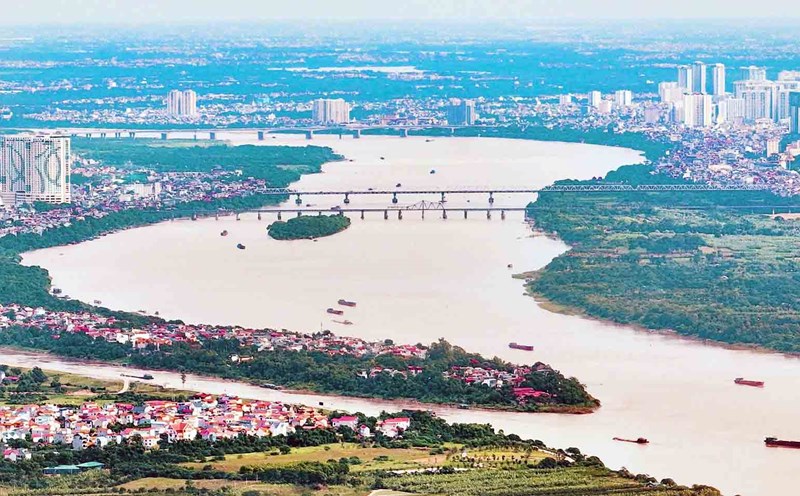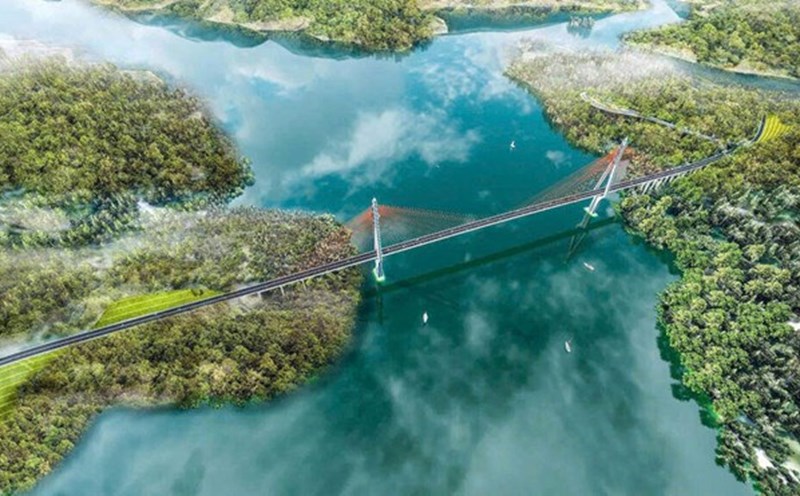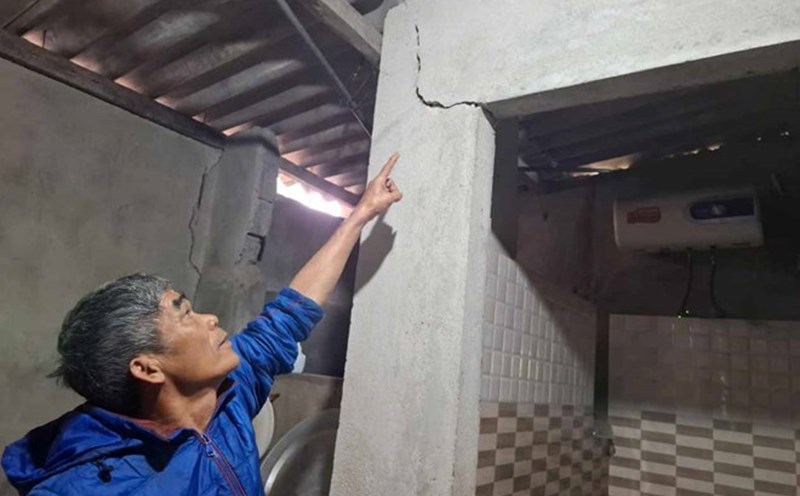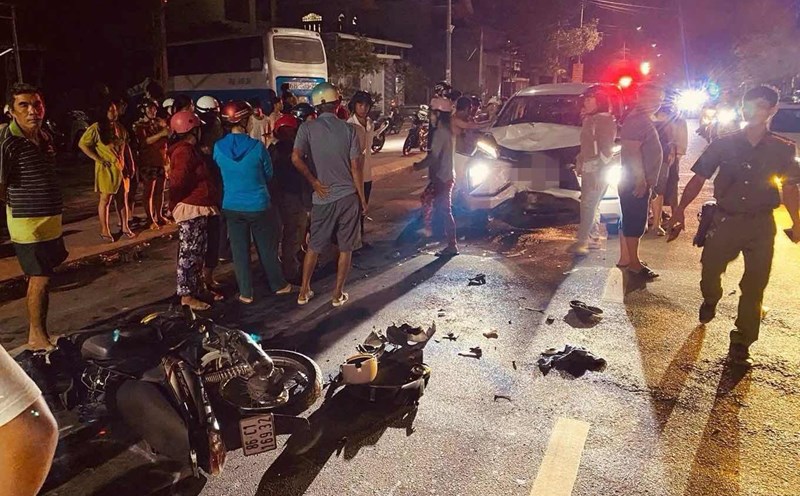According to the Hanoi New Rural Development Program Coordination Office, up to now, the whole city has 382/382 communes meeting criterion No. 2 on transportation according to the National Criteria for New Rural Communes for the period 2021-2025. This criterion sets out strict requirements for transport infrastructure, ensuring the service of people's travel, production and trade of goods.
Specifically, according to the provisions of criterion No. 2, main traffic routes in communes - including commune roads, village roads and inter-village roads - must be asphalted or concreted, ensuring that cars can travel conveniently all year round. In addition to technical infrastructure, the criteria also require synchronization in planning, landscape and environmental sanitation.
In recent times, Hanoi has focused resources on implementing a series of rural transport projects. The total length of the commune road system and village and inter-village roads that have been renovated and upgraded throughout the area has been asphalted and concreted to meet standards, meeting the conditions for easy traffic for cars.
The latest review results show that Hanoi currently has many alleys that have been hardened and cleaned, ensuring safe travel conditions. For the in-field transportation system - serving the transportation of agricultural products and production materials - Hanoi has also achieved remarkable results. These routes help promote mechanization in agriculture, improve labor productivity, reduce post-harvest losses and increase market access for agricultural products.
The rural transportation system of Hanoi City currently meets the standards for roadbed width, suitable for all types of transportation. In parallel with the investment in construction, the system of signs, markers, drainage ditches, and lighting is also focused on to be completed, improving safety and aesthetics.
To create a landscape on both sides of the road, many localities have launched emulation movements such as: planting flowers along the road, cleaning the environment, painting murals, and beautifying residential areas. These activities not only create a new look for the countryside but also raise public awareness in preserving and promoting investment results.
In many communes, people voluntarily donated land and contributed working days to expand and upgrade village roads and alleys. Many places also encourage people to dismantle works violating traffic corridors and clear land without applying enforcement measures.
Many areas that were previously " isolated" due to degraded roads have now become concentrated production areas, high-tech agricultural growing areas or strongly developed rural industrial clusters.
Completing criterion No. 2 not only improves travel conditions but also creates positive changes in all aspects of rural life in Hanoi. The completed transport infrastructure contributes to shortening travel time, reducing transportation costs, and improving production and business efficiency for people and businesses.











